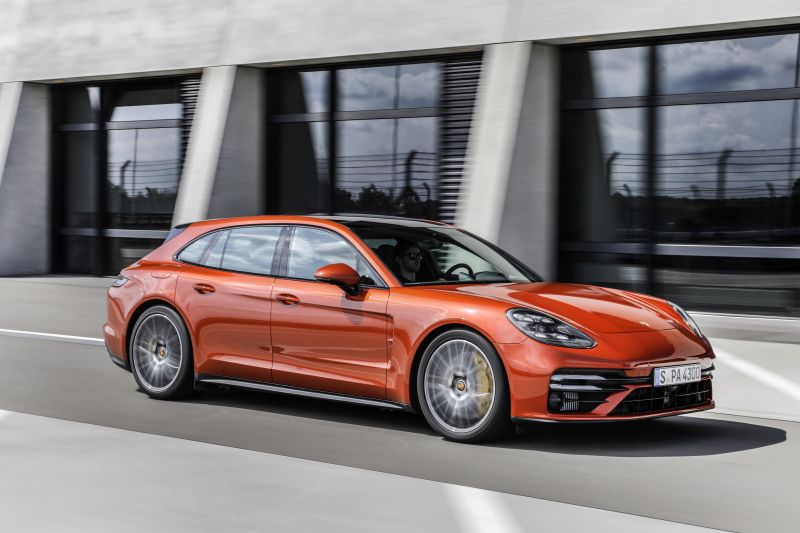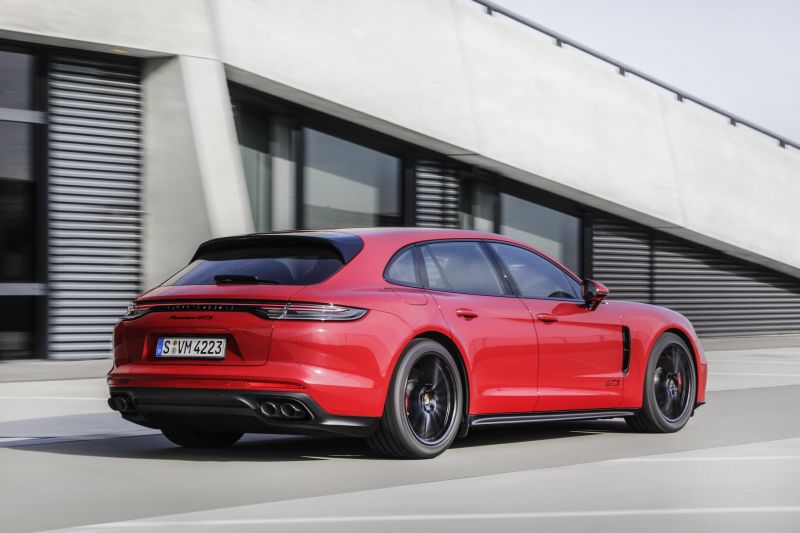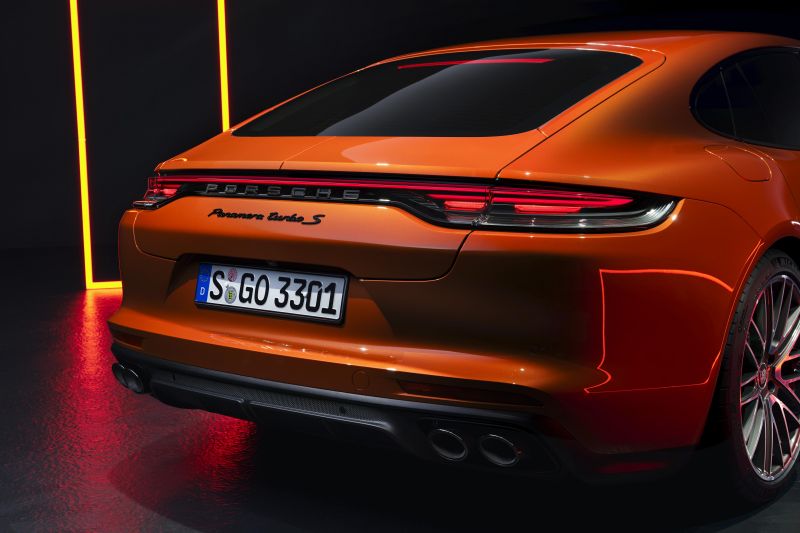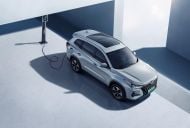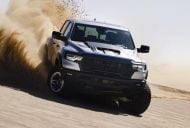The 2021 Porsche Panamera range will expand to include two new hybrid models, including a new flagship Turbo S E-Hybrid.
Launched with one plug-in hybrid option, the updated Panamera range will eventually have three.
The 2021 4S E-Hybrid will be joined by an entry-level model and a new flagship Turbo S E-Hybrid, likely combining a 100kW e-motor with a 463kW V8 engine.
The outgoing Turbo S E-Hybrid sprints from standstill to 100km/h in just 3.4 seconds, and Porsche isn’t in the business of making its cars slower. Expect to see the 2021 Turbo S E-Hybrid drop that number further.
In Europe, Porsche says 60 per cent of Panamera sales are electrified, making a full range of plug-in options a must.
Less essential is a stripped-out Panamera GT3. Thomas Friemuth, vice president for the Panamera model line, told Australian media he has “a lot of ideas” about new body styles and model lines, but a pared-back, racier option isn’t one of them.
“On the one hand, [the Panamera] is a luxury sedan with everyday usability and so on,” Mr Friemuth said.
“We have this more ‘rough’ car, which is our Panamera GTS… this is a little bit rougher than all the others, a little bit fitter. I don’t really think that there’s a big market for a ‘rough’ Panamera.”
Mr Friemuth said Porsche “has not finally decided” if it will build a two-door Panamera coupe and convertible to take on the Mercedes-Benz S-Class and Bentley Continental GT, and confirmed the company has been mulling the idea for “several years”.
The last front-engined two-door Porsche coupe was the 928 offered between 1978 and 1995. Conceived as a replacement for the rear-engined 911, it packed a naturally-aspirated V8 engine and a five-speed manual transmission.
There was never a factory convertible option, but Porsche did build a range of harder-core options, including the ultra-limited 928 Club Sport. Just 17 were built, all of which were almost 200kg lighter than a standard 928.
With no sound deadening, less wiring, and no passenger mirror, the CS threw out the GT focus of the 928 in favour of better outright pace. The suspension was stiffer, naturally, and it rode on forged alloy wheels.





